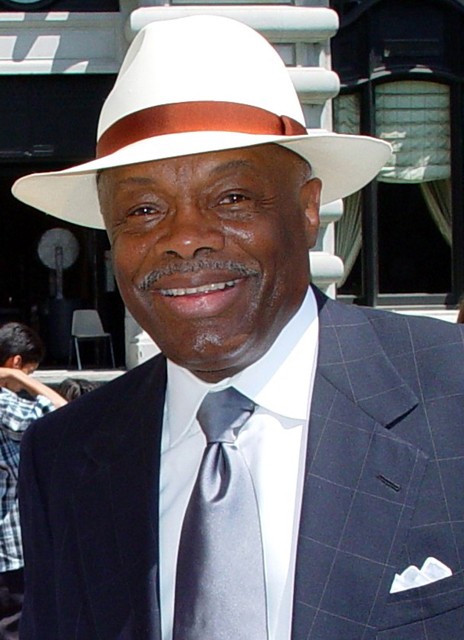
At SIGGRAPH91, graphics researcher and digital artist Loren Carpenter stood near the front of an 5000 seat auditorium in a Las Vegas hotel. In the seats in front of him, the attendees held cardboard paddles, one side of which was red, the other green. Behind him was a giant screen covered in blinking and shifting red and green dots. After a few moments, the audience figured out what Loren already knew. A camera was trained on the auditorium and was feeding images into a computer that then displayed the color and polishing of every paddle in the room. The audience cheered and began to wave back and forth in unison.
The screen changed to classic video game Pong. The only difference was that instead of all white paddles, the paddles were two-toned, with a green upper half, and a red lower half. Loren took the stage and addressed the crowd. “Okay guys. Folks on the left side of the auditorium control the left paddle. Folks on the right side control the right paddle. If you think you are on the left, then you really are. Okay? Go!”
The ball began to move across the screen and the paddles twitched to life. The paddles move to a height calculated from the relative number of red and green paddles. If everyone shows the same color, then the paddle will move to either the extreme top or the extreme bottom. However, if some show the opposite color, then paddle will stop somewhere in the middle. Surprisingly quickly, the crowd began to play effectively, even when the speed of the ball increased.










